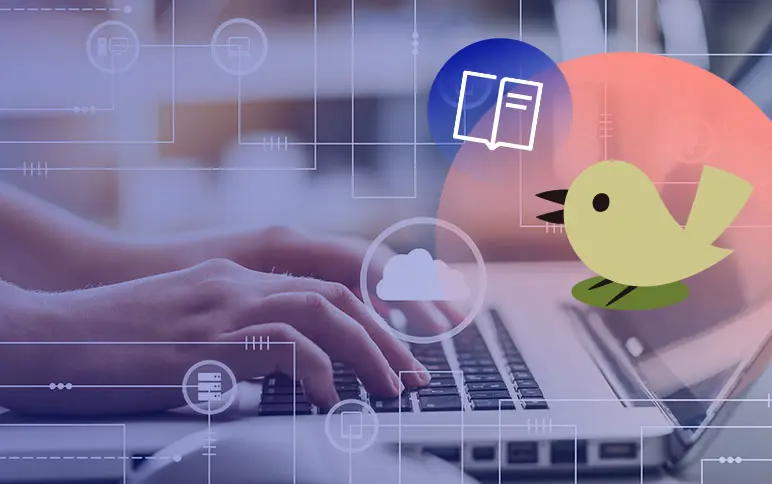How to become a time ninja

Kirsten Allegri Williams

There’s a saying among ninjas: The first priority to the ninja is to win without fighting. Master Masaaki Hatsumi’s lesson on the art of ninjutsu could just as easily apply to the art of working in the modern age.
Today, success at work is a constant balance of priorities: When do you take that break to eat? To meditate? To help the kids with their homework? Unfortunately (and startlingly), our ability to strike that balance is only getting harder. Too often, it feels like we’re fighting to meet even our most basic priorities. In fact, Microsoft recently published a study that offers an unsettling analysis of our work lives. One key takeaway: People have 250 percent more meetings every day than before the pandemic.
Meeting inflation impacts every aspect of the employee experience. For businesses, it represents an urgent threat to productivity and talent retention. For employees, it is only the latest challenge to health and well-being. In the face of this emerging issue, the very first priority for workers and businesses must be, like the ninja, to win at work without fighting against health and well-being. Here’s how you can become a time ninja:
Target The Issue of Time Poverty
The well-being conversation has shifted in critical ways these past 18 months. When I explored time scarcity in 2021, I thought the issue had peaked, but it’s only worsened. COVID-19 forced organizations to prioritize the physical well-being of employees and customers, shifting well-being from benefit to business imperative. It also became clear that the impacts of the pandemic would stretch far beyond just physical health, as employees experienced a greater amount and variety of stressors.
Despite the slow return to in-person work, many of us are still grappling with the collective sense of lost time that we feel after years spent working from home. And despite assumptions that a lack of commuting and in-office interruptions would free up time for remote workers, reality begged to differ. Those in the hybrid workforce tend to face three key sources of work stress. First, digital distractions: people in the hybrid world are 2.54 times more likely to experience digital distractions than employees in the on-site world. Second, virtual overload: people in the hybrid world are 1.12 times more likely to feel they are working too hard at their jobs than employees in the on-site world. Lastly, an always-on mindset: work from home exacerbates the pressure of being permanently ‘on.’
As a creative person working in marketing, I can attest that time management is inherently stressful. Everybody thinks they have an intuitive understanding of marketing, and as a result, it’s pretty common for marketing to receive a constant stream of one-off requests from all departments.
But stress has progressively worsened across my industry as customer behavior has become more complex. Moreover, the standard marketing workflow for delivering relevant content and personalized customer experiences has become overly complicated.
What can we do to reduce these stressors? It starts with giving people their time back and making a commitment to address time poverty.
Shed Excessive Collaboration Culture
How many workdays have you spent jumping from meeting to meeting, only to realize that your workday is almost finished even though you haven’t even had a chance to actually put your head down and get anything done?
According to The Atlantic, “White-collar work has become a bonanza of meetings. In the first months of the pandemic, Microsoft saw online meetings soar as offices shut down. By the end of 2020, the number of meetings had doubled. In 2021, it just kept growing. This year it’s hit an all-time high.” That necessarily pushes back everything else you need to do, whether it be writing, coding, or responding to emails.
Beyond the outdated assumption that all work must be synchronous, excessive collaboration is an added, creeping ailment that contributes to burnout and time poverty. Workday creep and meeting creep aren’t two separate trends; they’re the same trend. Leaders must ask themselves, how do you guard against excessive collaboration? Is the culture of your organization an asset or a liability in this area?
Utilize Tech To Give You The Right Guardrails
At Optimizely, these considerations contributed to our acquisition and integration of Welcome, a tool built specifically for marketers to intuitively work together more intentionally and strategically in a hybrid work environment.
Welcome is also an example of utilizing tech to give us the proper guardrails to be efficient and respectful of time while still being creative. Welcome’s campaign planning, content production, and asset management capabilities combined with Optimizely’s existing breadth of digital experience solutions directly address the challenges that marketers face in today’s digital landscape, including the growing array of digital touchpoints, the ocean of data, and the rapid pace needed to keep up with consumers’ ever-changing expectations.
Instead of marketers taking on more hours in the workday to tackle these issues, we hope that more teams utilize digital tools that are designed to accelerate the end-to-end marketing lifecycle from concept to execution — down to the ways we plan, create, collaborate, and ultimately optimize content for our digital audiences.
What Next?
Good managers are the very best time ninjas. They continually decide what work must be synchronous (especially meetings) and what work can be asynchronous (emails or shared docs) while encouraging their teams and organizations to do the same.
Today, mental health and well-being have an outsized impact on your people, and by extension, your business. It’s no longer a nice-to-have but a must-have to thrive in a rocky market. The seriousness, scope, and acceleration of the time poverty issue highlight the need for innovative thinking to help tackle this global problem.
At the same time, leaders must continue to advocate for health and well-being. Stigmas have resulted in a deafening silence around the issue, poor services, and inadequate resources. Staring down a challenge of this magnitude, we cannot simply hope the environment changes. There’s another saying: Ninjas don’t wish upon a star; they throw them. Let’s aim for great health.
